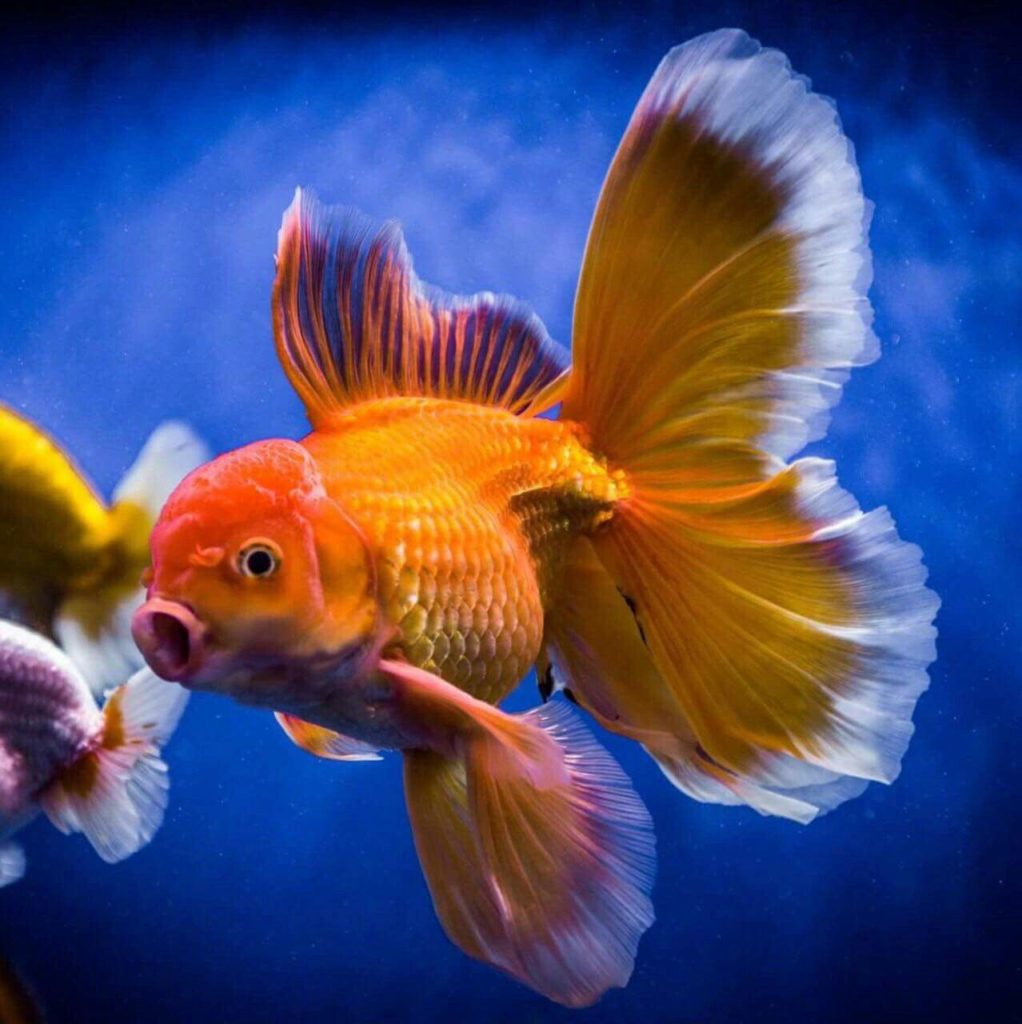Origins
The ancient Chinese kept goldfish some 1600 years ago.
The original wild, drab coloured fish were selectively bred until the beautiful clear bright colours of today’s fish were developed.
The Japanese obtained some of these fish about 500 years ago and have developed some of the more unusual types of goldfish.
Today there are dozens of different types. Even though they are different colours and
have different body, tail and eye shapes, they are all the one species, Carassius auratus.
Maximum Size and Longevity
Goldfish are capable of reaching the grand old age of 20 years and attain a length of between 12 to 30cm, depending on variety.
Water Quality
· Temperature: 15°C – 20°C is the ideal range, however they can tolerate temperatures outside of this range.
Outside of this range however, they can become stressed and more prone to illness.
· pH: 7.0—7.5
· General Hardness: 150 ppm.
Feeding
A good staple food for goldfish is a high quality floating granule. The small size is best, as this assures all fish get their fair share. Feeding floating granules, two to three times a day, in the right quantities is one of the major factors in keeping goldfish healthy and active. For variety, occasionally substitute flake food, and, more importantly, some vegetable material.
Compatibility
Goldfish are best kept with other Goldfish, in a tank or pond. A good rule of thumb to minimise aggression is to keep straight tailed fish together with other straight tailed
fish, and fantailed fish with fantailed fish.
Colour and Varieties
Over 1600 years of selective breeding has resulted in a wide range of varieties and colours. The most frequently seen are divided into 2 categories: Straight (or Single)
tailed, such as the Comet, Shubunkin or Common Goldfish, and the Fantailed varieties such as the Fantail and Ryukin.
Ranchus and Lionheads have a double tail and no dorsal (top) fin. Orandas are well known for their short, globular body and characteristic head growth—this may take years to develop fully. Other varieties, less frequently available, include Telescopic eyed fantails such as the Butterfly Tail; Pom Poms, Bubble Eyes and Pearlscales.
Goldfish are available in a wide, seemingly limitless, range of colours. The most frequently seen is Red, which can be varying shades of orange red, orange and orange yellow. Calico and Shubunkin colouring refers to a mottled pattern of blue, red, orange, brown, yellow or black. Black goldfish are available, but they can tend to fade indoors.
Sexing
Small goldfish are difficult to tell apart. Larger fish at about one year old can be distinguished fairly easily. Males develop small white tubercles along the leading edge of the pectoral fins. When in breeding condition the tubercles can also be noticed on the gill plates.
General Information
Goldfish are hardy, colourful, easy to care for and the ideal beginner’s fish. They make a perfect first pet. As experience and interest levels grows, their fascinating history and wide range of varieties also ensures that they are highly prized by the enthusiast.
